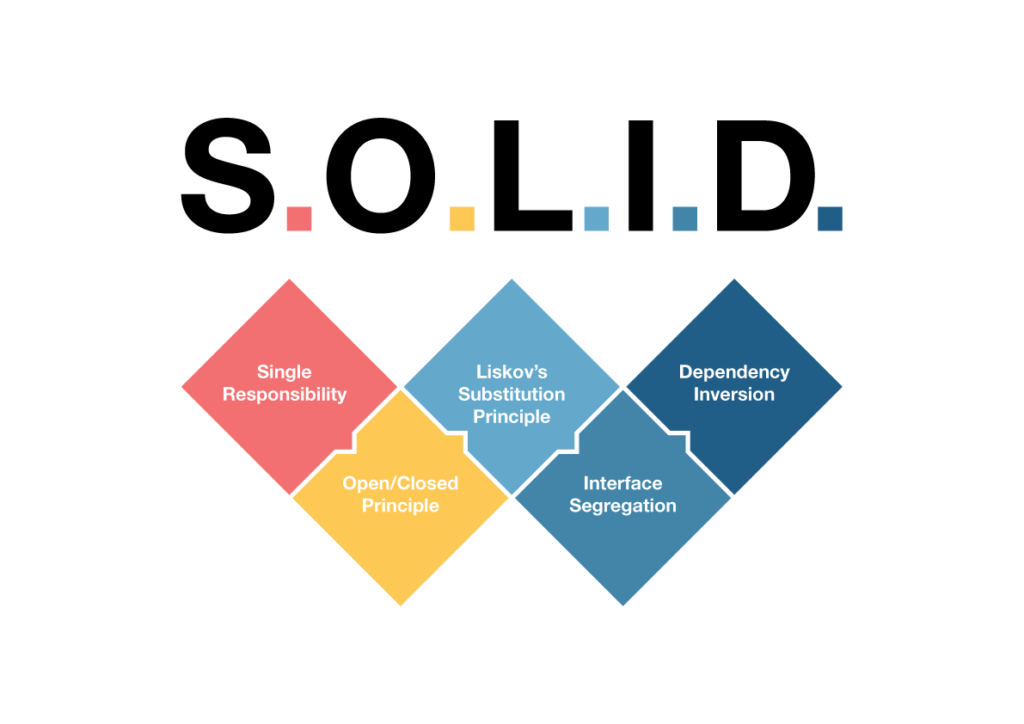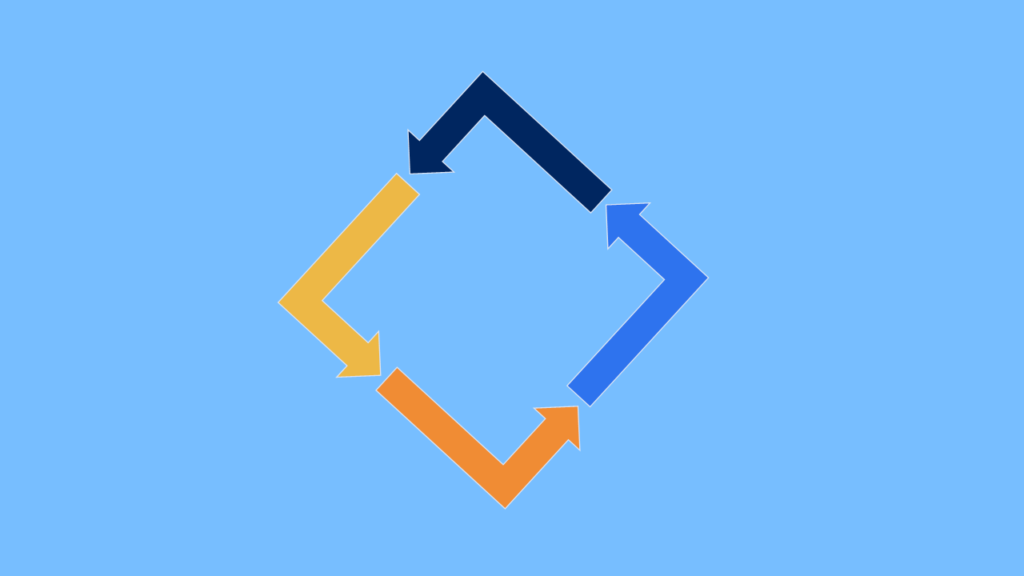Software design is a critical aspect of developing scalable, maintainable, and efficient applications. Among the most widely adopted design principles are the SOLID principles, introduced by Robert C. Martin. These principles help software developers build better systems by promoting clean code, reducing dependencies, and encouraging a modular architecture.
Let’s dive into each of the SOLID principles to understand how they improve software development.
1. Single Responsibility Principle (SRP)
Definition: A class should have one and only one reason to change, meaning it should only have one responsibility or functionality.
Explanation: The Single Responsibility Principle focuses on ensuring that a class has a singular, well-defined responsibility. When a class has multiple responsibilities, it becomes challenging to maintain and modify, leading to tight coupling between different parts of the system. By adhering to SRP, you can create classes that are easier to test, debug, and extend.
Example:
- A class named
Invoiceshould only manage invoices. If it handles both invoice generation and sending email notifications, it’s violating SRP. These should be separate concerns, potentially handled by aNotificationService.
2. Open/Closed Principle (OCP)
Definition: Software entities (classes, modules, functions) should be open for extension but closed for modification.
Explanation: The Open/Closed Principle suggests that you should be able to extend a class’s behavior without modifying its existing code. This is achieved through abstraction and polymorphism. By following OCP, you minimize the risk of breaking existing functionality when adding new features, promoting a flexible and scalable system.
Example:
- A
PaymentProcessorclass could be extended by creating subclasses for different payment methods likeCreditCardPaymentorPayPalPaymentwithout altering the corePaymentProcessorclass.
3. Liskov Substitution Principle (LSP)
Definition: Objects of a superclass should be replaceable with objects of a subclass without affecting the correctness of the program.
Explanation: The Liskov Substitution Principle ensures that derived classes can stand in for their base classes without causing unexpected behavior. Essentially, subclasses should adhere to the behavior promised by the superclass. Violating this principle can result in fragile code that breaks when different class types are used interchangeably.
Example:
- If you have a
Birdclass and aPenguinclass (a subclass ofBird), thePenguinclass should behave like any other bird in terms of general functionality. However, ifBirdhas aflymethod that doesn’t make sense forPenguin, then LSP is violated, indicating a design flaw.
4. Interface Segregation Principle (ISP)
Definition: No client should be forced to depend on methods it does not use.
Explanation: The Interface Segregation Principle advocates for creating smaller, more specific interfaces rather than large, generalized ones. This way, clients only need to know about the methods they actually use, leading to a more flexible and decoupled system.
Example:
- Instead of having a large
Employeeinterface with unrelated methods such ascalculateSalary,fileAnnualReport, andmanageAttendance, it’s better to have separate interfaces likeSalaryCalculable,Reportable, andAttendanceManageable. This allows a class to implement only the necessary interfaces.
5. Dependency Inversion Principle (DIP)
Definition: High-level modules should not depend on low-level modules. Both should depend on abstractions. Also, abstractions should not depend on details, but details should depend on abstractions.
Explanation: The Dependency Inversion Principle aims to reduce the coupling between high-level and low-level modules by introducing abstractions. This makes the system more modular and easier to maintain because changes in low-level components don’t necessarily affect high-level logic.
Example:
- Rather than having a
UserServiceclass directly instantiate aMySQLDatabaseobject, theUserServiceshould depend on an interfaceDatabase, allowing you to switch out the database implementation (e.g., to PostgreSQL) without changing theUserServicecode.
Conclusion
The SOLID principles provide a framework for developing software that is easier to manage, scalable, and maintainable. By following these principles, developers can write code that is more modular, extensible, and less prone to errors. These principles form the foundation for clean architecture, enabling teams to adapt quickly to changes while maintaining high-quality software.
At Techstertech.com, we adhere to these best practices to deliver high-quality web development services. Whether it’s developing custom applications, ensuring code quality, or optimizing performance, we leverage our expertise in software engineering principles to meet our clients’ needs.



